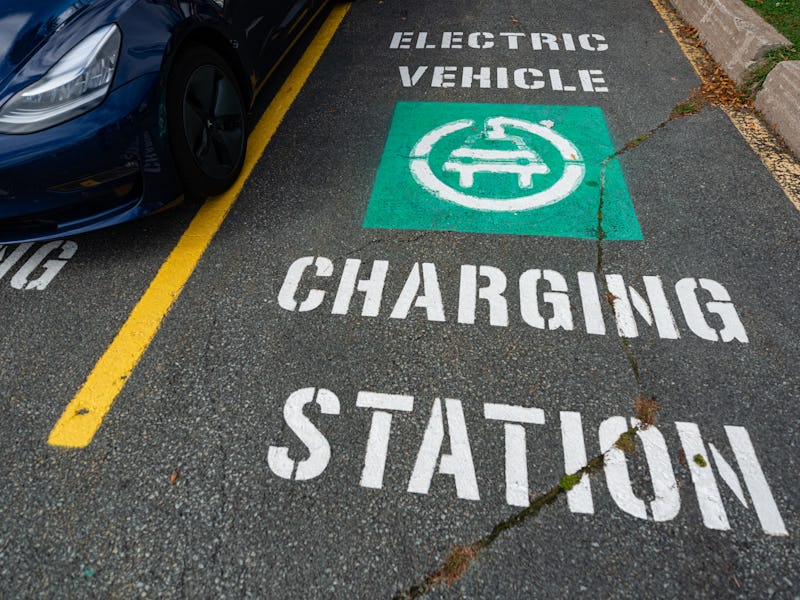The era of terawatt-storage is at hand
In the 2020s, batteries are going to get huge.

Lithium-ion batteries are on the rise, in large part thanks to a rapid expansion in factories.
The market has made big jumps over the past few years, fueled in part by a transition to renewable energy and a rising demand for battery-powered electric vehicles. Tesla has helped bring the term "Gigafactory" to the mainstream, now commonly understood as a battery factory outputting at high capacity.
The battery plant has gradually ramped up in scale. In August 2018, it reached an annual production rate of 20 gigawatt-hours, more than [all other automakers](https://www.inverse.com/article/47731-tesla-gigafactory-now-makes-more-battery-power-than-all-automakers-combined) combined. But the rapidly-expanding market could lead to new contenders.
This is #8 on Inverse's 20 predictions for the 2020s.
The International Energy Agency stated in its May 2019 technology report that battery manufacturing capacity is expected to triple by 2022. A report from consulting firm McKinsey claimed the following month that there are around 70 Gigafactory-like projects that have been announced globally, with 46 in China. An August report from the British Faraday Institution predicted that global supply would jump from 297 gigawatt-hours in 2018 to 1.6 terawatt-hours in 2028.
Inverse predicts that, over the coming decade, the first battery plant capable of producing one terawatt-hour of storage will come online.
The Terawatt-hour plant: the future is coming
Batteries are useful for transitioning the world onto clean energy. Beyond ditching fossil fuels in cars, they are useful for storing electricity generated from the likes of wind and solar energy to provide round-the-clock power. The Hornsdale battery in South Australia ranked as the world's largest when it switched on in November 2017, producing 129 megawatt-hours of storage.
Tesla could go further. In July 2019, CEO Elon Musk stated that companies would need to start reaching multiple terawatt-hours of output to really start moving the needle. The company is already planning to build its first Gigafactory out to reach 150 gigawatt-hours of storage per year.
What could this mean for transitioning the world onto clean energy? Musk stated that 100 such Gigafactories would be enough to fully transition the world.
Could such a high output lead to shortages in materials? That's unlikely, according to an MIT study that identified "no serious obstacles" to meeting demand in the coming 15 years. Bottlenecks, however, could cause shortages.
The future of battery storage looks decidedly bright.
As 2019 draws to a close, Inverse is looking to the future. These are our 20 predictions for science and technology for the 2020s.. Some are terrifying, some are fascinating, and others we can barely wait for. This has been #8. Read a related story here.